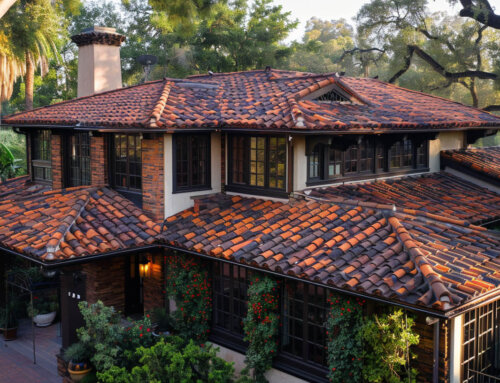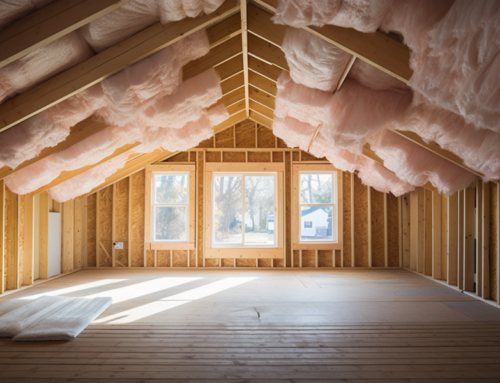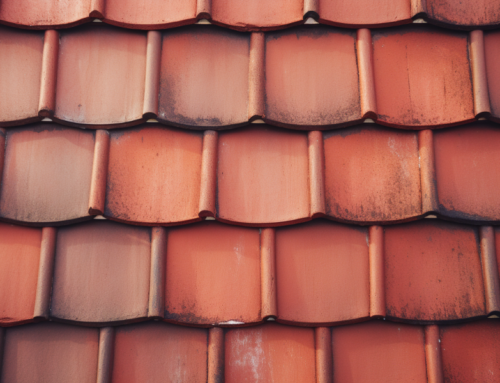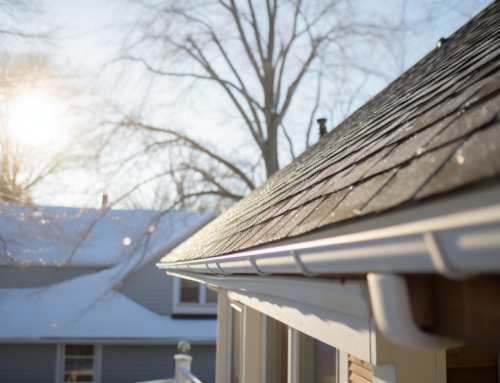When it comes to commercial roofing, two systems often stand out: TPO (Thermoplastic Polyolefin) and Modified Bitumen. Both have their unique characteristics, advantages, and disadvantages. In this article, we’ll delve deep into the specifics of each system, helping you make an informed decision for your commercial building.
Distinct Features of TPO and Modified Bitumen Systems
TPO is a single-ply roofing system available in sheet form. It has been a choice for commercial roofs since the 1990s. The system is known for its heat-welded seams that ensure a watertight surface. On the other hand, Modified Bitumen is a contemporary version of the traditional BUR (built-up roofing) systems, which are multi-layered. This system traces its roots back to the early 1970s.
The application of Modified Bitumen involves cold process adhesives, hot asphalt, or torches. In contrast, TPO is usually adhered using bonding adhesive or mechanically attached methods. Both these systems come with reinforced layers, ensuring durability and longevity.
Advantages of TPO Systems
TPO roofing systems have gained traction for several reasons:
- Flexibility in colder temperatures.
- Availability in various colors, including popular choices like white, gray, and tan.
- Exceptional resistance to UV rays, reflecting almost 87% of them.
- Resistance to environmental pollutants and chemicals.
- Some TPO membranes have Energy Star ratings and approvals from the Cool Roof Rating Council.
- Capability to overlay on existing roofing materials.
- Potential lifespan of 20-30 years with proper installation and maintenance.
However, TPO systems have their set of challenges. Since it’s a single-ply membrane, the surface can be vulnerable to punctures. Careless installation can also lead to gaps, especially if the seams aren’t welded correctly.
Benefits of Modified Bitumen Systems
Modified Bitumen systems emerged when polymers were added to BUR system asphalt. This addition enhanced the asphalt’s flexibility and prolonged the roof’s lifespan. There are two primary types of Modified Bitumen:
- Styrene Butadiene Styrene (SBS) – Typically installed using cold adhesive or hot asphalt.
- Atactic Polypropylene (APP) – Generally heat-welded or torch-applied.
The merits of Modified Bitumen include:
- Ability to endure both high and low temperatures.
- Greater thickness, offering enhanced protection.
- Superior resistance to foot traffic compared to other roofing materials.
- Options for reflective granules and coatings for a more reflective surface.
- Potential lifespan of up to 20 years with proper care.
However, Modified Bitumen systems have their drawbacks. They aren’t ideal for areas with pooling water, and detecting leaks can be challenging.
Making the Right Choice for Your Building
At San Diego County Roofing & Solar, we understand the intricacies of both TPO and Modified Bitumen systems. Our team of expert roofers in San Diego has years of experience in guiding clients to the best roofing solution tailored to their needs. Whether you’re leaning towards TPO for its UV resistance or Modified Bitumen for high-traffic areas, we’re here to assist.
In conclusion, both TPO and Modified Bitumen have their strengths and weaknesses. Your choice should align with your building’s specific requirements and the environmental conditions of your location. Always consult with a reputable roofing contractor, like San Diego County Roofing & Solar, to ensure you’re making the best decision for your commercial property.











